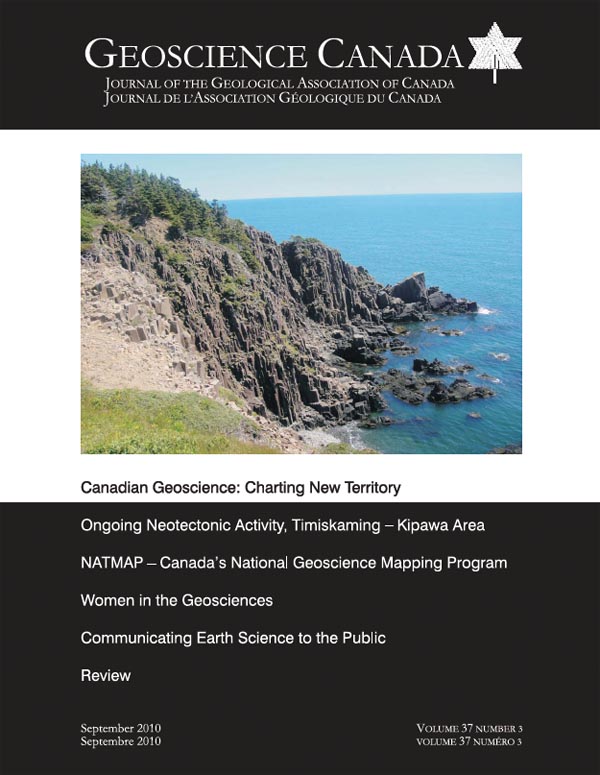Résumé
The literature on women in the geo-sciences is mainly limited to the experiences of women in Canada and the United States. Compared to women in other scientific careers, women in the geosciences have historically been disadvantaged relative to men because of restrictions on working in the field combined with the lesser value accorded to laboratory and office work. Recently, however, times have changed; linear extrapolation of data from the USA suggests that women earned 50% of undergraduate geoscience degrees in 2008. In Canada the situation has been similar, with 45% of bachelor’s and other undergraduate degrees in geological and earth sciences/geo-sciences disciplines in 2005–2006 having been awarded to women. However, current trends suggest that US women will not attain 50% of geo-science doctorates until about the year 2021 and will not make up half of geoscience faculty until 2084. Increasing the proportion of women faculty is appropriate, given that gender parity has been achieved at the undergraduate student level. The obvious geoscience departments to begin recruiting more women would be those with the lowest percentage of female faculty. Faculty gender representation should better reflect the fact that 34% of geoscience doctorates were awarded to women in North America in 2002, and probably approached 40% in 2010. Overall in Canada in 2006, 18.8% of all geologists, geochemists and geophysicists were women and in the USA for the same year, 16% of geoscientists were women, so the percentages are low for both countries.
SOMMAIRE
La documentation sur la présence des femmes en géosciences est principalement limitée à la main-d’œuvre canadienne et étasunienne. Par rapport aux femmes dans d’autres domaines scientifiques, les femmes en géosciences ont été historiquement défavorisées dû aux restrictions du travail de terrain combiné à la sous-évaluation du travail de bureau et de laboratoire. Mais la situation a changé récemment; l’extrapolation linéaire de données étasuniennes montre que les femmes ont obtenu 50 % des diplômes de premier cycle en géosciences en 2008. Au Canada la situation a évolué pareillement, où 45 % des diplômes de baccalauréat et de premier cycle en sciences géologiques ou sciences de la Terre ou géosciences ont été décernés à des femmes en 2005-2006. Cependant, les tendances étasuniennes actuelles montrent qu’il faudrait attendre autour de 2021 avant que 50 % des doctorats en géosciences ne soient décernés à des femmes, et que ce ne serait qu’en 2084 qu’elles représenteraient 50 % du personnel enseignant universitaire. L’accroissement de la proportion de femme enseignant à l’université est justifié étant donné que la parité a été atteinte au niveau des étudiants du premier cycle. Évidemment, les premiers départements de géosciences visés devraient être ceux comptant le moins de femmes dans leur personnel enseignant. La représentation des genres chez les enseignants universitaires devrait mieux refléter le fait que 34 % des doctorats ont été décernés à des femmes en Amérique du Nord en 2002, et approchera probablement 40 % en 2010. Globalement, au Canada en 2006, 18,8 % de tous les géologues, géochimistes et géophysiciens étaient des femmes et, aux É.-U. pour la même année, 16 % des géoscientifiques étaient des femmes; des proportions faibles pour les deux pays on en conviendra.
